1. Bagdad, Arizona
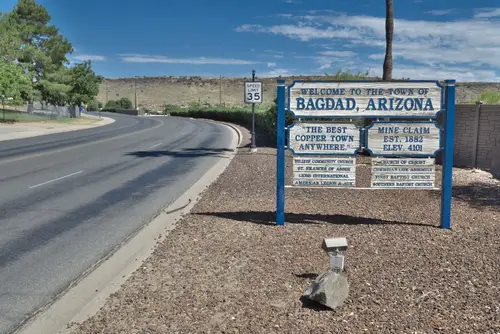
Bagdad exists almost entirely because of the copper mine operated by Freeport-McMoRan. The company owns nearly all housing, commercial buildings, and services in town. Residents often work for the mine, making the family—or in this case, the company—the center of community life. Because of this setup, the company dictates who can live there and how infrastructure is maintained.
The town’s origin as a company settlement means its layout reflects industrial priorities. Schools, stores, and recreational areas were built to serve employees, not independent residents. Even after decades, the company still owns the majority of properties. Bagdad feels like a town shaped by a single vision rather than a diverse community.
2. Colstrip, Montana
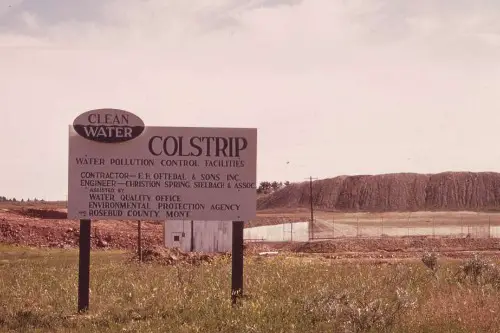
Colstrip is a small town that owes its existence to the coal industry. Founded in the 1920s, it was developed by the Montana Power Company to house workers for its nearby coal-fired power plants. The company owned the land, homes, and businesses, effectively controlling every aspect of life in Colstrip. Even after the company’s decline, the town’s infrastructure and economy remain deeply tied to its origins.
Today, while ownership has diversified, the legacy of centralized control is still evident. The town’s layout and services reflect its history as a company town. Many residents continue to work in energy-related industries, maintaining the town’s economic focus. Colstrip stands as a testament to how a single entity can shape a community’s development and identity.
3. Scotia, California
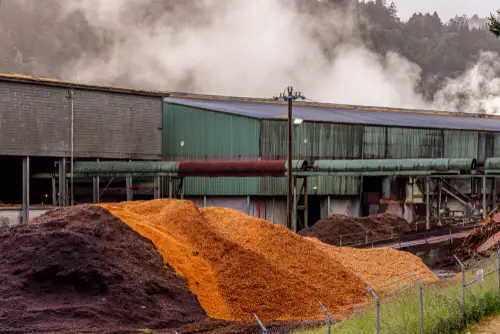
Scotia was established by the Pacific Lumber Company to house its employees and their families. For decades, the company owned nearly every home, store, and community service. Walking through town, you can see the uniformity in housing and the company’s influence on local culture. Even after the company went bankrupt in 2008, much of the property is still controlled by a central entity.
The town’s unique layout and architecture reflect the company’s priorities. Company-owned schools and parks ensured families had everything they needed nearby. The economic heartbeat of Scotia was tied to the lumber industry and the controlling family behind PALCO. Residents had a life that was comfortable but heavily shaped by a single ownership group.
4. Pawhuska, Oklahoma

The Drummond family owns hundreds of thousands of acres surrounding Pawhuska, giving them enormous influence in town. Their businesses, including restaurants and a hotel, dominate the local economy. Locals often interact with the family’s enterprises more than with other independent entities. It’s easy to see why the town feels like it exists within the orbit of a single family.
While residents own their own homes, the Drummonds’ control over surrounding land shapes community decisions. The family’s presence in business and philanthropy further embeds them in daily life. Much of the town’s identity is tied to their legacy and activities. Pawhuska shows how concentrated ownership can still shape a community without literal full control.
5. Calumet, Michigan
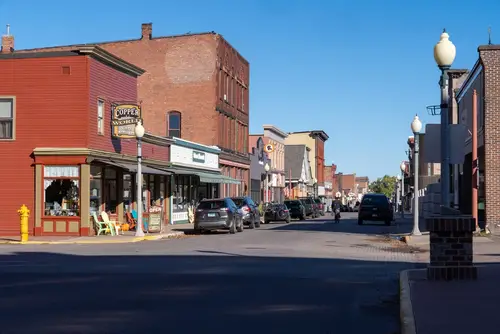
Calumet was a mining town where the Calumet & Hecla Mining Company owned the majority of homes and businesses. Workers’ lives were tightly tied to the company, from housing to local stores. Today, while mining is mostly gone, the historic family influence is still visible in property holdings and local culture. The town feels like a living museum of a single family’s industrial impact.
The company once dictated almost every aspect of daily life. Housing, medical services, and education were company-provided, leaving little room for independent entrepreneurship. Descendants and investors continue to hold property, preserving the pattern of concentrated ownership. Calumet demonstrates the long-lasting effect a single controlling family can have on a town.
6. Hershey, Pennsylvania
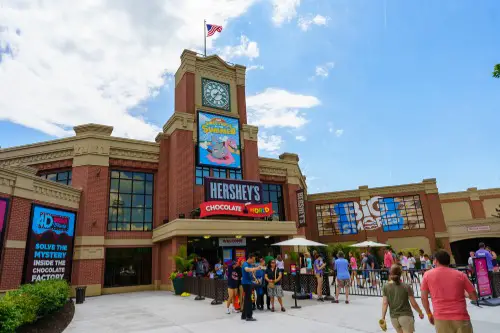
Hershey was built by Milton Hershey to house chocolate factory employees. The Hershey family owned most homes, shops, and public facilities. Today, the town maintains strong ties to Hershey’s corporate and philanthropic legacy. Residents still experience a community shaped around the family’s vision.
Milton Hershey’s control extended beyond business into education and recreation. Parks, schools, and theaters were part of the plan. Though corporate transitions have occurred, the family’s influence remains central to town culture. Hershey shows how a single family can create a community from scratch.
7. Hershey’s Mill, Pennsylvania
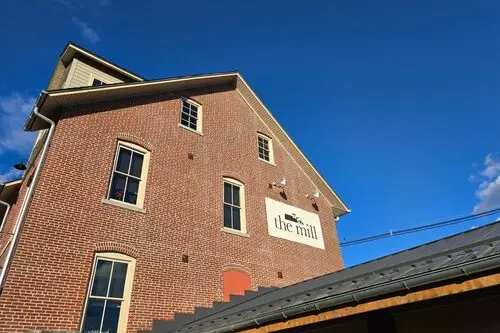
Hershey’s Mill is another planned community with heavy family-backed oversight. Developers associated with the Hershey family built the neighborhood to control quality and design. The family’s influence on property rules and governance is still evident. Residents enjoy amenities that reflect centralized planning rather than organic growth.
This private community demonstrates how ownership affects daily life. Decisions about landscaping, roads, and recreational areas are guided by long-standing family frameworks. The family’s legacy influences aesthetic and functional aspects of the town. Hershey’s Mill illustrates concentrated ownership shaping resident experience.
8. Gilman, Colorado
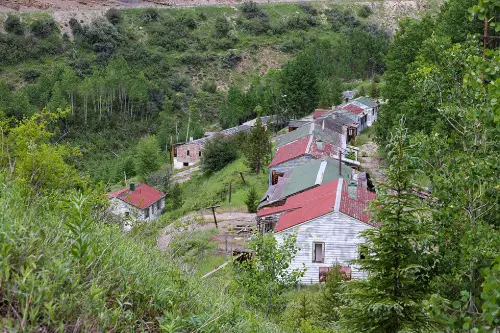
Gilman was once a booming mining town controlled largely by the New Jersey Zinc Company. The company owned housing, businesses, and most of the town infrastructure. Families living there were dependent on the company for almost all aspects of life. Today, the abandoned town still reflects the concentrated ownership model.
During its peak, the company dictated daily schedules and services. Housing assignments, grocery access, and community events were all company-directed. Even decades later, the patterns of centralized control remain visible in historic records. Gilman highlights how one entity can dominate both economy and culture in a small town.
9. Pullman, Illinois
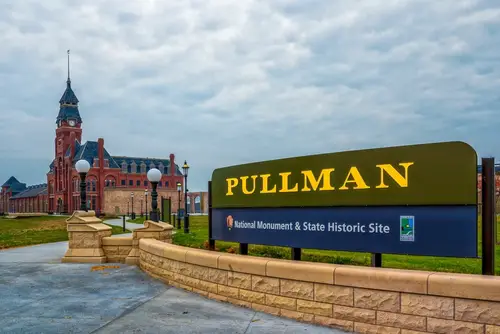
The Pullman Company built this town for its railroad car workers. Almost every home, store, and service was company-owned. George Pullman’s control over the town influenced social, economic, and political life. Though now a historic district, the legacy of concentrated ownership is clear.
Workers’ lives were highly regulated, from rent to recreation. The town was designed to promote moral and efficient behavior under company supervision. Housing quality and layout reflected Pullman’s vision of an ideal community. Pullman remains an example of how one family or entity can structure a town entirely.
10. Hershey, Nebraska
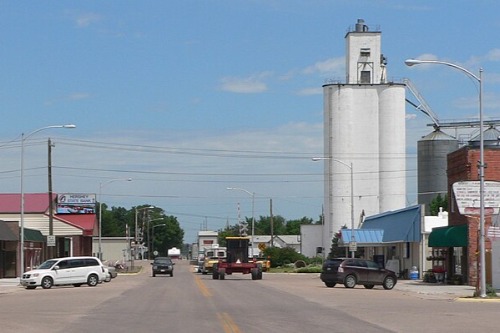
A smaller, less-known town also influenced by a family business. The Hershey family owned most of the land and directed town planning. Local schools, churches, and businesses were part of the family’s oversight. Residents’ daily lives were largely shaped by this concentrated ownership.
Even today, the family’s impact is visible in property arrangements and public spaces. Decisions about town infrastructure often trace back to family priorities. Hershey, Nebraska, illustrates the ripple effect of centralized control. It’s a quieter but real example of family influence.
11. Cabot, Arkansas
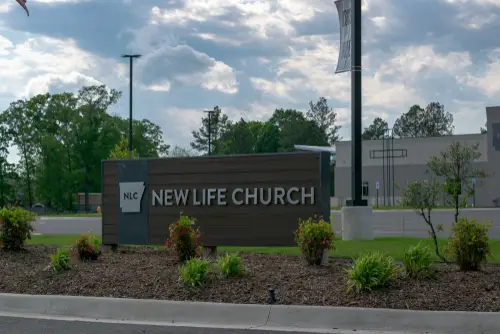
Cabot was shaped by the presence of the Bates family, who controlled large tracts of land and local business interests. Many residents rented homes or worked on family-owned enterprises. The town economy and development patterns were closely tied to the family’s decisions. Daily life felt influenced by a single family vision.
The family’s landholdings affected property values and local growth. Schools and services were also impacted indirectly. Even decades later, the family’s legacy shapes housing and commerce. Cabot is an example of partial but significant townwide influence.
12. Ironwood, Michigan
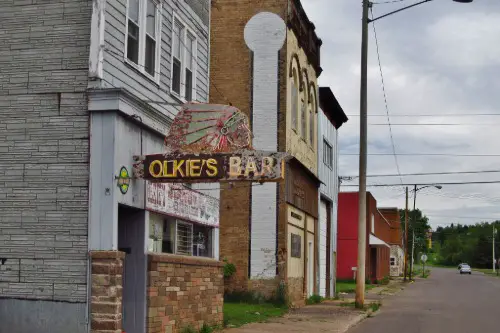
Ironwood’s mining past meant families like the Guggenheims and other industrialists owned key properties. They held company houses, commercial buildings, and some municipal functions. The town’s appearance and community organization still bear traces of their influence. Residents experienced both opportunity and restriction under this setup.
The town’s design reflected centralized priorities. Public amenities and streets were developed under family or company guidance. Though private ownership is now more distributed, the influence persists. Ironwood shows the lingering footprint of concentrated town ownership.
13. Hershey Estates, Pennsylvania

Another small enclave linked to the Hershey family. Most of the real estate and local amenities were originally family-controlled. Planning, architecture, and recreation followed a deliberate vision. Residents enjoy the legacy but live within the framework set by one family.
Hershey Estates reflects the enduring influence of centralized property control. Decisions about maintenance, parks, and neighborhood rules were originally top-down. The community illustrates how one family’s priorities can last for generations. It’s a controlled, planned small-town experience.
14. Tabor City, North Carolina
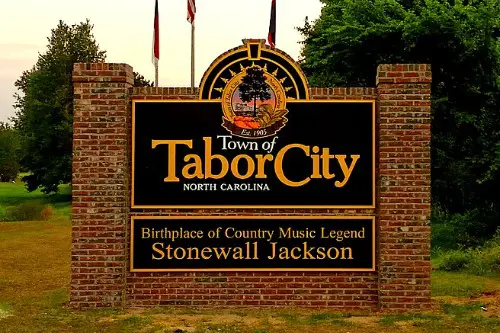
The Hines family controlled a large portion of land and key businesses in Tabor City. Their influence shaped local commerce and housing development for decades. While residents own some properties, the family’s presence dominates the town’s economic heart. Daily life, from work to shopping, often intersected with family-owned enterprises.
The family invested in schools, stores, and infrastructure to maintain their influence. Public projects and community events were frequently supported by them. Tabor City shows that even when ownership isn’t literal totality, a single family can still define a town. Their impact continues to guide how the town functions today.
This post 14 Small Towns Where One Family Still Owns Everything was first published on American Charm.


